The Best Fluffy Pancakes recipe you will fall in love with. Full of tips and tricks to help you make the best pancakes.
Mastering The Art Of Frosting
Frosting, also known as icing, is a sweet and creamy confection used to coat and decorate cakes, cupcakes, cookies, and other baked goods. It plays a crucial role in not only adding flavor but also enhancing the visual appeal of desserts. Frosting comes in various forms and flavors, offering a wide range of options for both amateur and professional bakers and decorators. Whether you’re looking for a classic buttery taste, a rich chocolatey finish, or a vibrant burst of color, frosting allows you to transform ordinary baked treats into delectable and eye-catching delights. In the world of baking and pastry, frosting is an art form that elevates desserts to a whole new level of sweetness and creativity.
Here are some more useful languages for you:
- Spanish: https://h2cake.com/dominar-el-arte-del-glaseado/
- Portuguese: https://h2cake.com/o-que-e-frosting/
- Hungarian: https://h2cake.com/mi-az-a-frosting/
- Ukrainian: https://h2cake.com/рецепт-глазурі/

What Is Frosting?
Frosting, also commonly known as icing, is a sweet and creamy topping used to coat, decorate, and add flavor to various desserts, primarily cakes, cupcakes, cookies, and pastries. It is a key component in the world of baking and confectionery, as it not only enhances the taste but also provides an opportunity for creative decoration and presentation.
Frosting typically consists of a few core ingredients, including butter, powdered sugar (confectioners’ sugar), and flavorings like vanilla extract. Depending on the type of frosting, additional ingredients such as cocoa powder, cream, milk, or egg whites may be used to achieve specific flavors and consistencies.
There are several types of frosting, each with its own unique characteristics:
- Buttercream: Creamy and versatile, buttercream is made by creaming together butter and powdered sugar. It can be flavored and colored in various ways, making it a favorite for cake decoration.
- Royal Icing: A smooth, hard icing made from powdered sugar and egg whites or meringue powder. It dries to a firm, glossy finish, making it ideal for intricate piping and decorating.
- Cream Cheese Frosting: Combines cream cheese with butter and powdered sugar, resulting in a tangy and creamy frosting commonly used for carrot cakes and red velvet cakes.
- Ganache: Made from chocolate and cream, ganache can be poured over cakes for a glossy finish or whipped for a thicker consistency. It’s often used for truffles and chocolate glazes.
- Fondant: A pliable, sugar-based icing that can be rolled out and draped over cakes to create a smooth, fondant-covered appearance. It’s popular for wedding cakes and sculpted cake designs.
- Glaze: A thin, translucent icing made by combining powdered sugar with a liquid (such as milk or fruit juice). It adds a subtle sweetness and shine to pastries and donuts.
- Whipped Cream: Light and fluffy, whipped cream can be sweetened and flavored to top cakes and pies.
- Meringue Frosting: Made by whipping egg whites and sugar, meringue frosting can be torched for a toasted finish (as in the case of Swiss or Italian meringue) or left soft (as in the case of French meringue).
The choice of frosting depends on personal preference, the type of dessert being prepared, and the desired decorative effects. Frosting plays a crucial role in both flavor and aesthetics, making it an essential element in the world of baking and dessert creation.
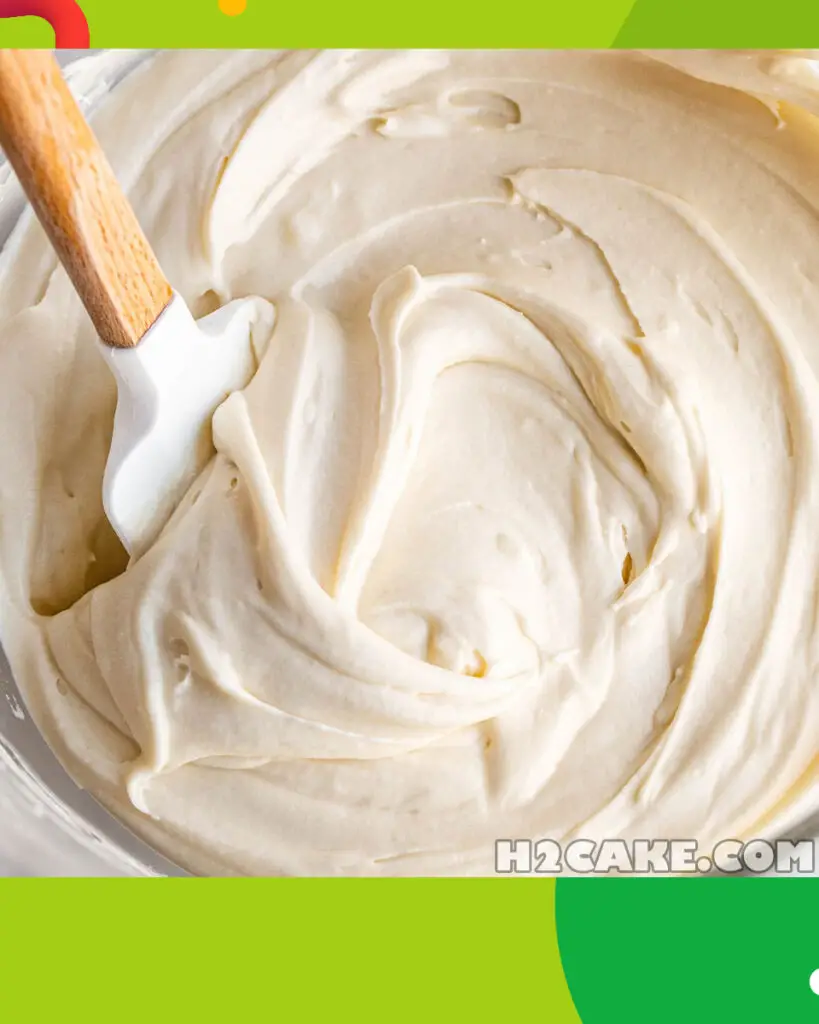
Why You Will Love Frosting Recipe?
- Enhanced Flavor: Frosting adds sweetness, richness, and flavor to your baked goods. It can transform a plain cake or cookie into a deliciously sweet and satisfying treat.
- Versatility: Frosting recipes come in various flavors and types, allowing you to tailor your desserts to your taste. Whether you prefer classic buttercream, rich chocolate ganache, or tangy cream cheese frosting, there’s a frosting to match your cravings.
- Endless Creativity: Frosting is a canvas for creativity. It allows you to unleash your artistic side by creating intricate designs, colorful patterns, and decorative accents on your cakes, cupcakes, and cookies.
- Customization: Frosting recipes are highly customizable. You can adjust the sweetness, flavor, and color to suit your preferences and match the theme or occasion of your dessert.
- Texture and Consistency: Frosting can vary in texture, from creamy and smooth to glossy and firm. This variety ensures that you can choose the perfect frosting to complement your dessert’s texture and mouthfeel.
- Impressive Presentation: A beautifully frosted dessert is not only a delight to eat but also a feast for the eyes. Frosting allows you to create stunning and Instagram-worthy desserts for special occasions and celebrations.
- Balance of Flavors: Frosting can balance the flavors of your baked goods. For example, a slightly tangy cream cheese frosting can complement the sweetness of a red velvet cake, creating a harmonious flavor profile.
- Satisfaction: Let’s face it; frosting makes desserts more indulgent and satisfying. It’s that sweet, creamy, and luscious element that leaves you craving for one more bite.
- Homemade Goodness: Making your own frosting from scratch allows you to use high-quality ingredients, avoiding preservatives and artificial flavors often found in store-bought options. It’s a wholesome choice for homemade desserts.
- Therapeutic Baking: Baking and decorating with frosting can be a therapeutic and enjoyable activity. It’s a creative outlet that allows you to de-stress and create something delicious.
Whether you’re a seasoned baker or a novice in the kitchen, mastering a great frosting recipe is a valuable skill that can take your desserts to the next level. From classic buttercream to intricate fondant designs, frosting is the finishing touch that elevates your homemade treats and makes them truly special.
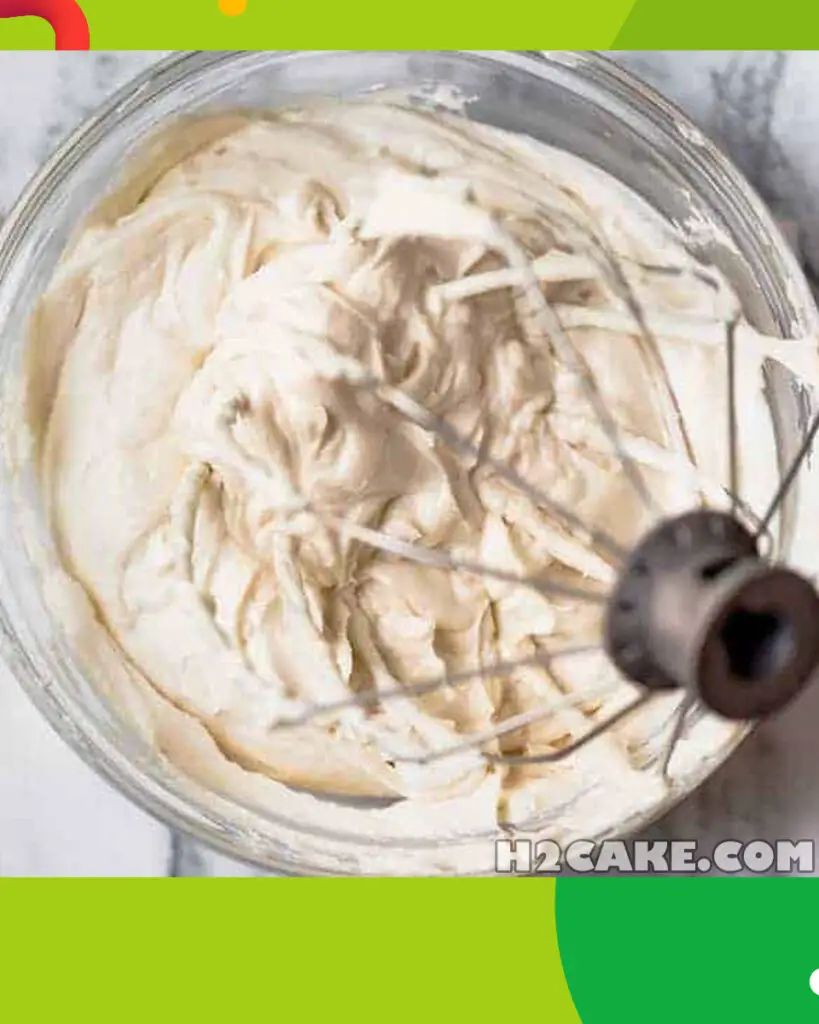
Ingredients For Frosting
- 1 cup (2 sticks) unsalted butter, at room temperature
- 4 cups powdered sugar (confectioners’ sugar), sifted
- 1/4 cup whole milk or heavy cream
- 1-2 teaspoons pure vanilla extract
- A pinch of salt (optional)
How To Make Frosting
- Prepare the Butter:
- Ensure that the unsalted butter is softened to room temperature. You can leave it out for about 30-60 minutes before starting.
- Cream the Butter:
- In a large mixing bowl, using an electric mixer or a stand mixer fitted with a paddle attachment, beat the softened butter on medium speed until it becomes creamy and pale, usually taking about 2-3 minutes.
- Add Powdered Sugar Gradually:
- Gradually add the sifted powdered sugar to the creamed butter, one cup at a time.
- Start mixing on low speed to avoid a powdered sugar cloud, then increase the speed to medium and continue beating until well combined. Scrape down the sides of the bowl as needed to ensure even mixing.
- Incorporate Liquid and Flavor:
- Pour in the whole milk or heavy cream and add 1-2 teaspoons of pure vanilla extract.
- Mix on low speed until the liquid is incorporated, then increase the speed to medium-high and beat for an additional 2-3 minutes until the buttercream becomes light and fluffy.
- If desired, add a pinch of salt to enhance the flavor. Mix briefly to incorporate.
- Adjust Consistency:
- If the buttercream is too thick for your preference, add a little more milk or cream, a teaspoon at a time, and mix until you achieve your desired consistency.
- If it’s too thin, you can add more powdered sugar, a tablespoon at a time, and mix until it thickens.
- Final Whip:
- Beat the buttercream for an additional 2-3 minutes on medium-high speed. This extra whipping time will make it even lighter and fluffier.
Your American Buttercream Frosting is now ready to use! It’s a versatile frosting that can be customized with different flavorings or food coloring to suit your baking and decorating needs. Enjoy creating delicious and beautifully frosted desserts!
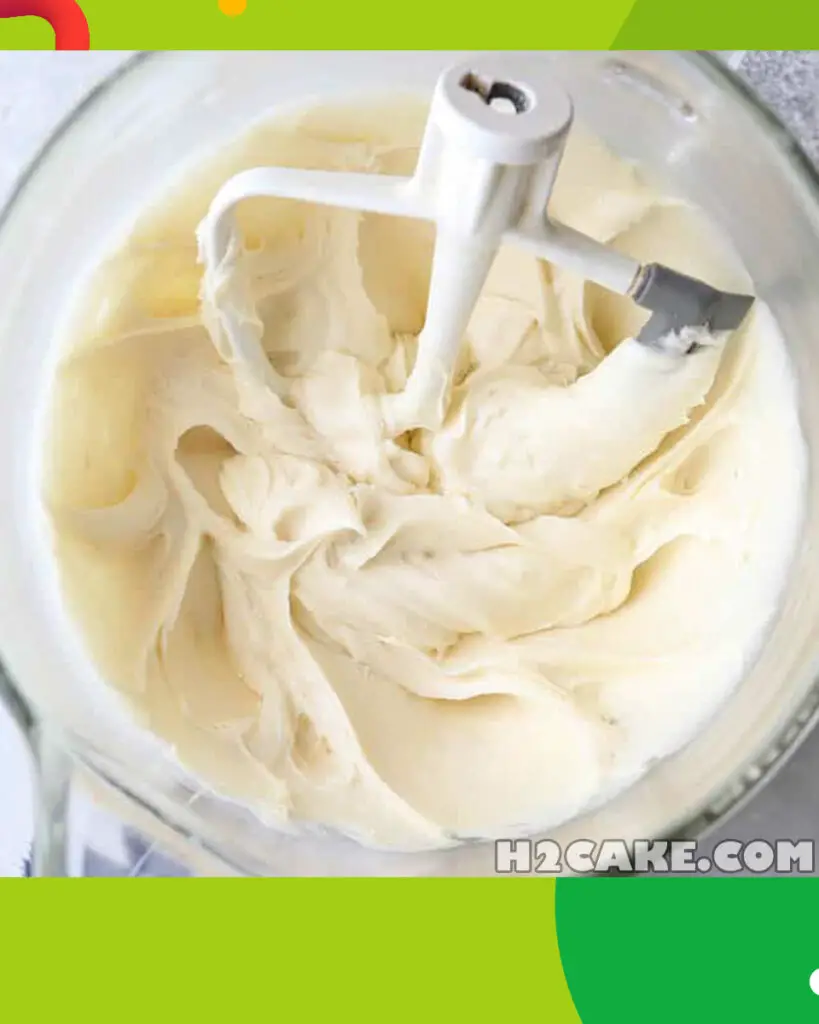
How To Serve Frosting
Frosting, also known as icing, is a delightful addition to a variety of desserts, and how you serve it depends on the type of dessert you’re preparing. Here are some ways to serve frosting:
Frosted Cakes:
- The most common way to serve frosting is by generously spreading it over cakes. After baking and cooling your cake layers, place one layer on a serving plate or cake stand, add a layer of frosting, then stack the next layer on top. Continue frosting the top and sides of the cake until it’s evenly covered. You can also use frosting to create decorative patterns or designs.
Cupcakes:
Frosting cupcakes is a fun and creative process. You can use a spatula or piping bag to swirl frosting on top of each cupcake. There are various piping techniques to choose from, including rosettes, swirls, and decorative tips. You can also add sprinkles, chocolate chips, or other decorations on top of the frosting.
Cookies:
- Frosting is commonly used to decorate sugar cookies, gingerbread cookies, and other cut-out cookies. Allow the cookies to cool completely, then use a small spatula or piping bag to apply frosting in intricate designs. You can also add food coloring to the frosting to create vibrant colors.
Brownies and Bars:
- Frosted brownies and bar cookies are delicious treats. Once your brownies or bars have cooled, spread a layer of frosting evenly over the top. You can also drizzle frosting in a decorative pattern for added flair.
Donuts:
- Glazed donuts can be dipped or drizzled with frosting for extra flavor and sweetness. You can also use frosting to create eye-catching designs on the donut’s surface.
Fruit and Pastry Tarts:
- Fruit tarts and pastry tarts are often brushed with a thin layer of apricot or fruit preserve glaze before being frosted with sweet icing. This gives the tarts a glossy appearance and adds flavor.
Cinnamon Rolls:
- Cinnamon rolls are traditionally topped with cream cheese frosting or a simple glaze made from powdered sugar and milk. Drizzle or spread the frosting over warm cinnamon rolls for a sweet finishing touch.
Decorative Desserts:
- Frosting can be used creatively to decorate special desserts like wedding cakes, birthday cakes, and holiday-themed desserts. Professional cake decorators often use frosting to craft intricate designs, flowers, and personalized messages.
Remember to consider the flavor of the frosting and how it complements the dessert. For example, cream cheese frosting pairs wonderfully with carrot cake, while chocolate frosting is a classic choice for chocolate cake. Get creative, experiment with different frosting flavors, and have fun serving up delicious and visually appealing desserts.
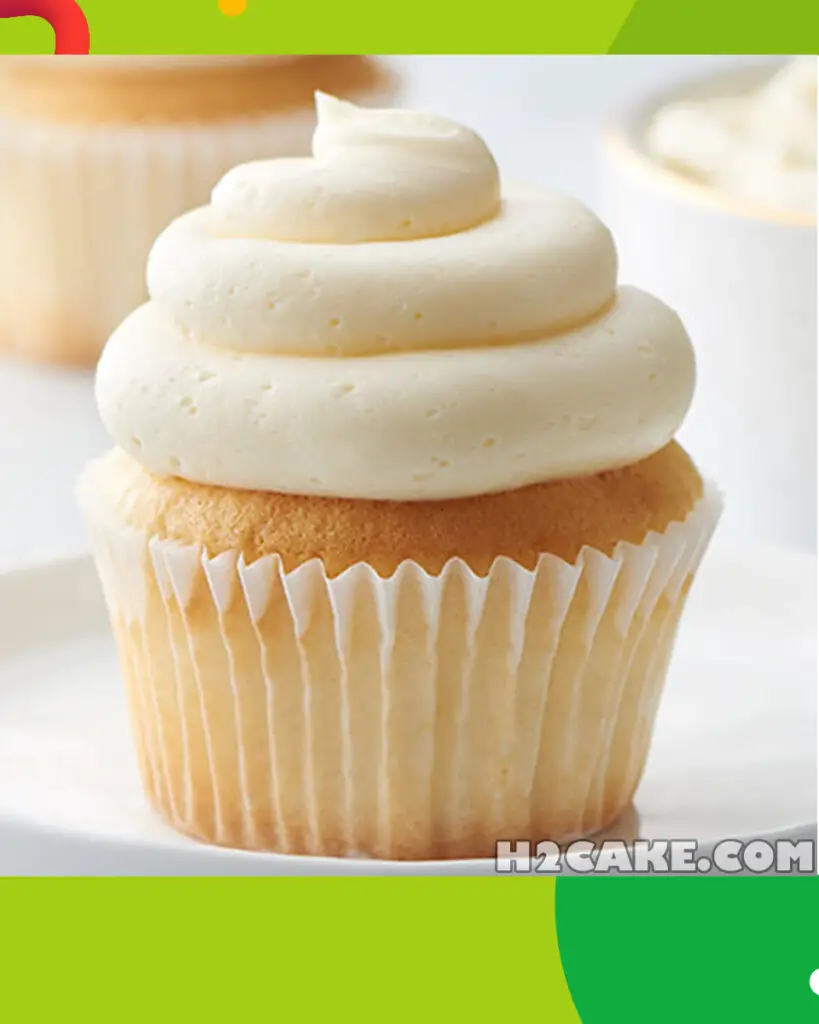
How To Store Frosting
Storing frosting properly is essential to maintain its texture, flavor, and food safety. Here’s how to store different types of frosting:
American Buttercream Frosting:
- If you have leftover American buttercream frosting, it can be stored in an airtight container at room temperature for up to 2 days. If you plan to use it within that time, there’s no need for refrigeration.
- For longer storage, transfer the frosting to an airtight container and refrigerate for up to 2 weeks. Before using it again, let it come to room temperature and re-whip it to restore its consistency.
Cream Cheese Frosting:
- Cream cheese frosting should be stored in the refrigerator due to its dairy content.
- Place the frosting in an airtight container or cover it tightly with plastic wrap. Ensure that the container is well-sealed to prevent it from absorbing any odors from the fridge.
- Cream cheese frosting can typically be stored in the refrigerator for up to 5-7 days.
- Before using refrigerated cream cheese frosting, allow it to sit at room temperature for about 30 minutes to soften. You may need to re-whip it to achieve the desired consistency.
Ganache and Glazes:
- Ganache and glazes should be refrigerated if not used immediately.
- Store them in an airtight container in the refrigerator for up to 1-2 weeks. To reheat, gently warm the ganache or glaze in a microwave or on the stovetop, stirring until it becomes smooth again.
Royal Icing:
- Royal icing should be covered with plastic wrap or placed in an airtight container to prevent it from drying out.
- At room temperature, royal icing can last for a day or two. For longer storage, refrigerate it for up to one week.
- When you’re ready to use refrigerated royal icing, allow it to come to room temperature, and re-mix it to restore its consistency.
Fondant:
- Fondant can be stored in an airtight container or wrapped tightly in plastic wrap. Make sure it’s well-sealed to prevent it from drying out.
- Fondant can be stored at room temperature for a few weeks. If not using it for an extended period, consider freezing it for up to several months.
Always check the specific frosting recipe for any unique storage instructions. Keep in mind that frosting with perishable ingredients, such as dairy or egg whites, should be refrigerated promptly and used within the recommended time frame to ensure food safety. Additionally, storing frosting in an airtight container helps prevent it from absorbing any odors or flavors from your fridge.
You Might Also Like These Recipes
- The Art Of Marshmallow Frosting
- Cream Cheese Frosting Elegance
- Dreamy Lemon Cream Frosting
- Unveiling The Artistry Of Chocolate Cream Frosting
- The Art Of Whipped Cream Frosting
Tips And Tricks For Frosting
Frosting can be a delightful and creative aspect of baking and decorating desserts. Here are some tips and tricks to help you achieve the best results when working with frosting:
Start with the Right Consistency:
- The consistency of your frosting is crucial. If it’s too thick, it can be challenging to spread or pipe; if it’s too thin, it may not hold its shape. Adjust the consistency by adding more powdered sugar to thicken or a bit of milk or cream to thin it out.
Use Softened Butter:
- When making buttercream frosting, ensure that your butter is at room temperature. Softened butter blends more easily with other ingredients, resulting in a smoother texture.
Sift the Powdered Sugar:
- Sifting powdered sugar before adding it to your frosting helps remove lumps and ensures a silky-smooth texture.
Avoid Overmixing:
- Overmixing can lead to a loss of air in your frosting, making it denser. Mix until ingredients are combined and the frosting is smooth, but avoid excessive beating.
Flavor Variations:
- Experiment with different flavorings to create unique frostings. Add extracts like almond, lemon, or mint for a twist on the classic vanilla flavor.
Food Coloring:
- If you want colored frosting, use gel or paste food coloring. These are concentrated and provide vibrant colors without altering the consistency of the frosting as much as liquid food coloring.
Layer Crumb Coat:
- When frosting cakes, start with a thin “crumb coat” layer. This seals in cake crumbs and makes it easier to achieve a smooth final coat.
Chill Before Decorating:
- For intricate decorations or writing on cakes, chill the frosted cake briefly to firm up the frosting. This makes it easier to handle and create clean lines.
Use Piping Tips:
- Invest in a variety of piping tips for decorating. Different tips create various designs, from simple swirls to intricate flowers and borders.
Practice Piping Techniques:
- Practice piping on parchment paper or a plate before decorating your dessert. This helps you get a feel for the pressure needed and the movement required to create specific designs.
Clean Piping Bags:
- To switch between colors or tips, use disposable or easily washable piping bags. Make sure they are clean and dry before using a different color or frosting type.
Frosting Consistency for Piping:
- For piping decorations, like roses or intricate patterns, use a slightly thicker frosting consistency to maintain shape and structure.
Thinning for Drizzling:
- If you need to drizzle frosting over a dessert, slightly thin it with a small amount of milk or cream until it reaches a pourable consistency.
Fix Mistakes with a Spatula or Knife:
- Don’t worry if you make a mistake in your decoration. Use a spatula or knife to gently remove or adjust the frosting without damaging the dessert.
Keep It Fresh:
- When storing desserts with frosting, place them in an airtight container to keep the frosting fresh and protect it from drying out or absorbing odors.
With practice and these tips, you can master the art of frosting and create beautifully decorated and delicious desserts. Enjoy your creative baking journey!
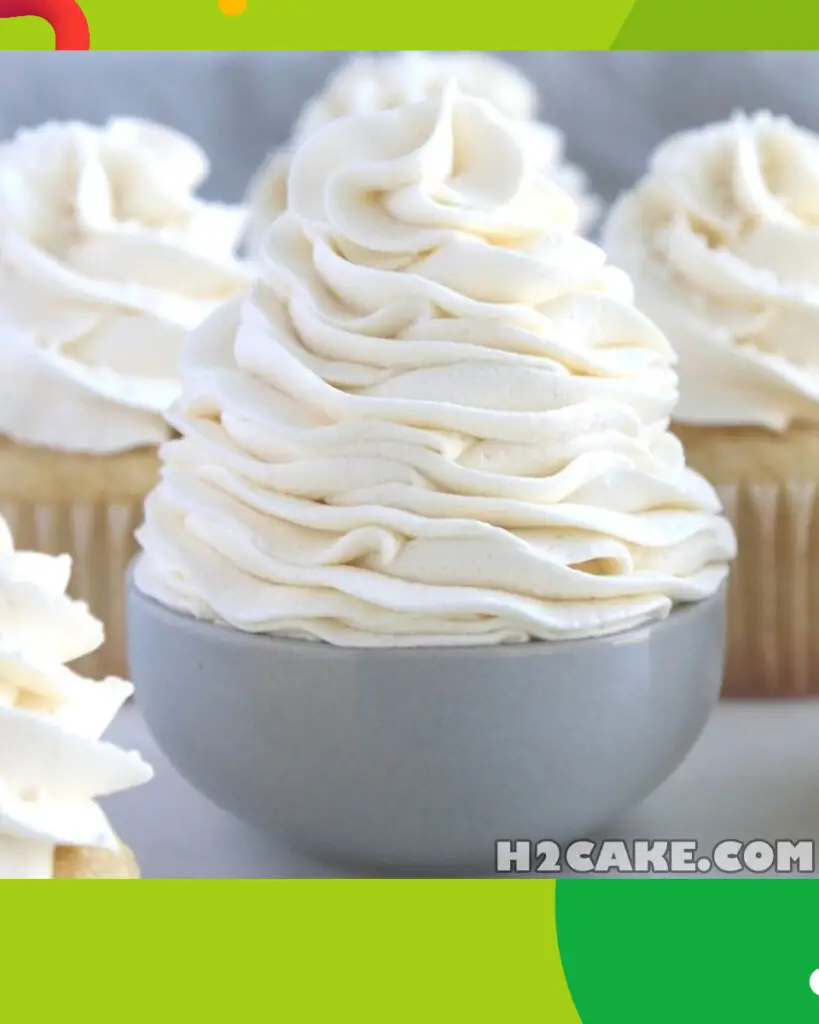
FAQs And Troubleshooting
Frequently Asked Questions about Frosting:
Can I make frosting in advance?
- Yes, many frostings can be made in advance and stored in the refrigerator. Cream cheese and buttercream frostings, for example, can be made a few days ahead. Just be sure to store them in airtight containers.
How do I color frosting without changing the consistency?
- To color frosting without altering its consistency, use gel or paste food coloring. These are highly concentrated and won’t add excess liquid to your frosting.
Can I freeze frosting?
- Yes, you can freeze frosting. Place it in an airtight container or a freezer-safe bag, remove as much air as possible, and label it with the date. It can be stored in the freezer for several months. Thaw it in the refrigerator and re-whip it before use.
What can I do if my frosting is too thin?
- If your frosting is too thin, you can thicken it by gradually adding more powdered sugar until it reaches the desired consistency.
What if my frosting is too thick and stiff?
- If your frosting is too thick and stiff, you can thin it by adding a small amount of milk or cream, a teaspoon at a time, until it reaches the desired consistency.
How can I prevent air bubbles in my frosting when piping?
- To prevent air bubbles, tap the filled piping bag gently on the counter to release trapped air before piping. You can also use a toothpick to release any visible air bubbles.
Troubleshooting Common Frosting Issues:
- Frosting is grainy: Grainy frosting can result from using un-sifted powdered sugar. Make sure to sift the powdered sugar before adding it to the frosting. If the frosting is still grainy, overmixing could be the issue. Stop mixing once the ingredients are combined.
- Frosting is too runny: If your frosting is too thin, you can thicken it by gradually adding more powdered sugar, a few tablespoons at a time, until it reaches the desired consistency. Make sure not to add too much liquid in the first place.
- Frosting is too thick: If your frosting is too thick and stiff, you can thin it by adding a small amount of milk or cream, a teaspoon at a time, until it reaches the desired consistency.
- Frosting has air bubbles when piping: To prevent air bubbles when piping, tap the filled piping bag gently on the counter to release trapped air before piping. You can also use a toothpick to release any visible air bubbles.
- Frosting is too sweet: If your frosting is overly sweet, you can balance the sweetness by adding a pinch of salt. Salt helps to offset the sweetness without significantly changing the flavor.
- Frosting is too soft for decorating: If your frosting is too soft for decorating intricate designs, place it in the refrigerator for a short while to firm up before piping.
Remember that practice makes perfect when it comes to frosting, and don’t be discouraged by initial challenges. Troubleshooting frosting issues is a common part of the baking and decorating process, and with time and experience, you’ll become more skilled at achieving the desired results.
Nutrition Information
Below is a general overview of the nutritional content for a standard serving (approximately 2 tablespoons) of buttercream frosting, which is a common type of frosting used for cakes and cupcakes:
Calories: Approximately 140-150 calories per 2 tablespoons, Fat: Approximately 7-8 grams of fat, primarily from butter, Saturated Fat: Approximately 4-5 grams of saturated fat, Cholesterol: Approximately 20-25 milligrams of cholesterol, Sodium: Approximately 10-15 milligrams of sodium, Carbohydrates: Approximately 19-20 grams of carbohydrates, primarily from powdered sugar, Sugars: Approximately 18-19 grams of sugars, primarily from powdered sugar, Protein: Minimal protein content, usually less than 1 gram.
It’s important to note that frosting is typically high in sugar and fat, which contributes to its creamy and sweet texture. These values can vary based on the specific recipe, the amount of frosting used, and any additional ingredients or flavorings added.
When considering the nutritional content of your dessert, remember that frosting is an indulgent component that should be enjoyed in moderation. If you have dietary restrictions or are concerned about the nutritional content of frosting, you can explore alternative frosting recipes that use ingredients like whipped cream or yogurt for a lighter option.
Additionally, keep in mind that frosting is often used to enhance the flavor and presentation of desserts, so you can adjust the amount used to suit your preferences and dietary goals.

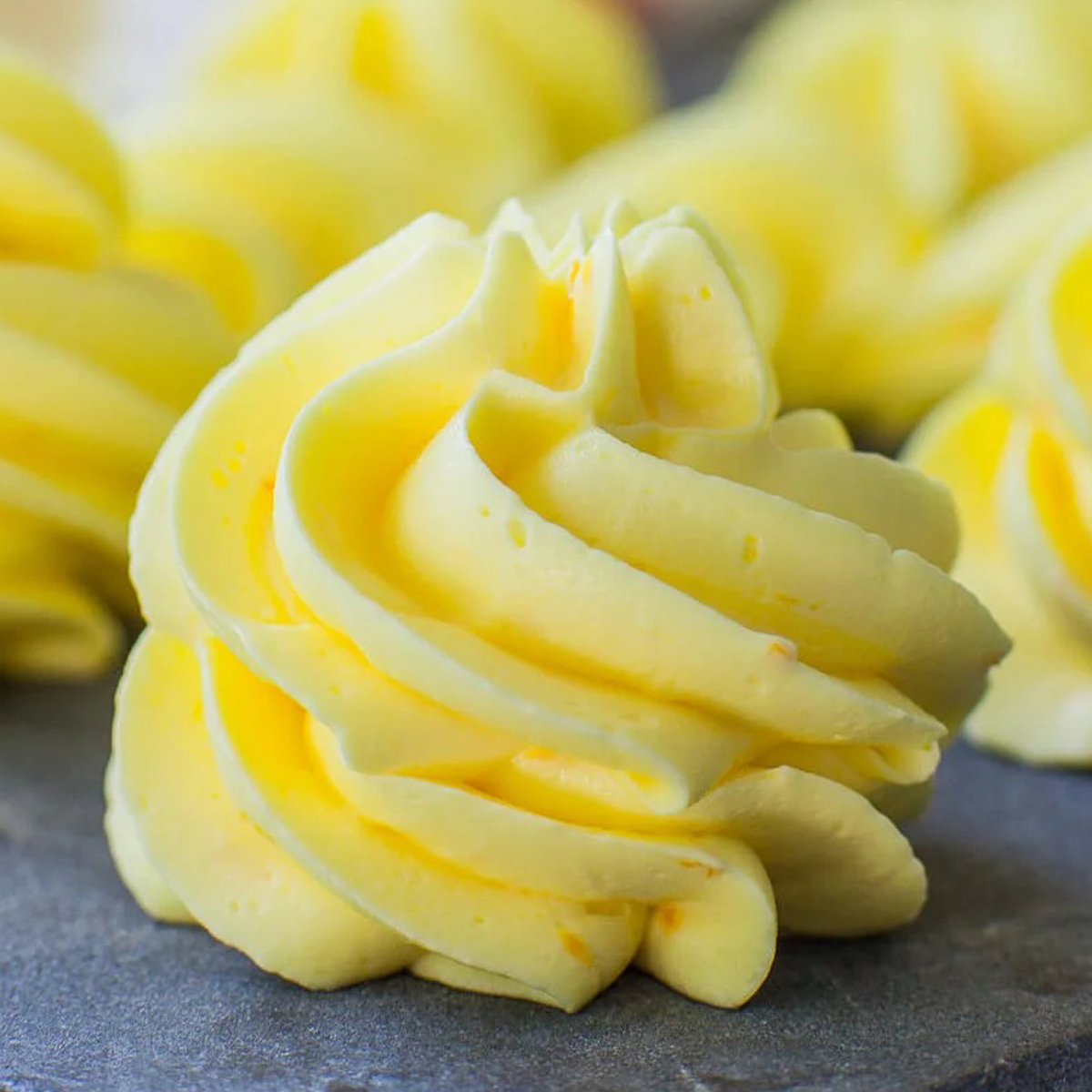

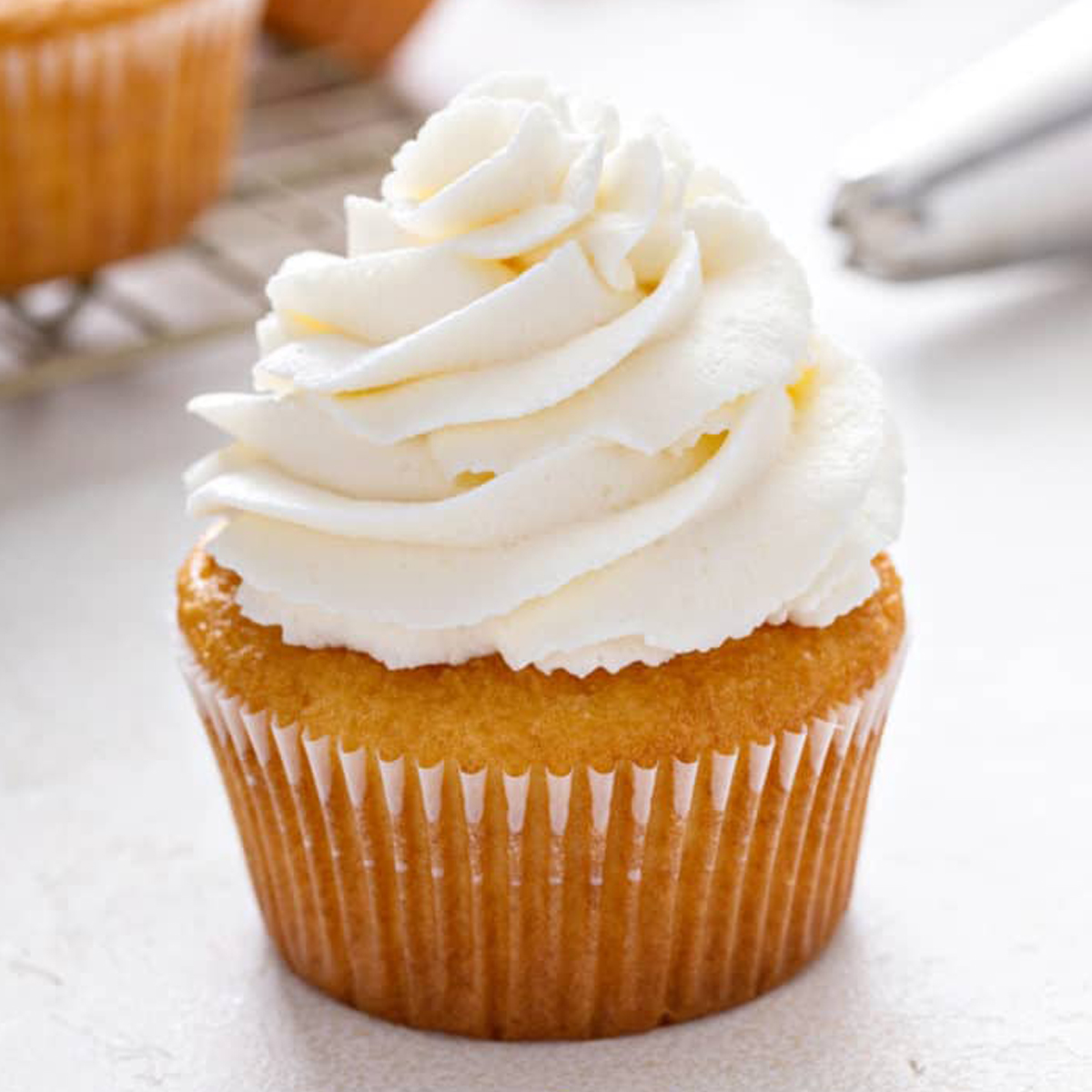
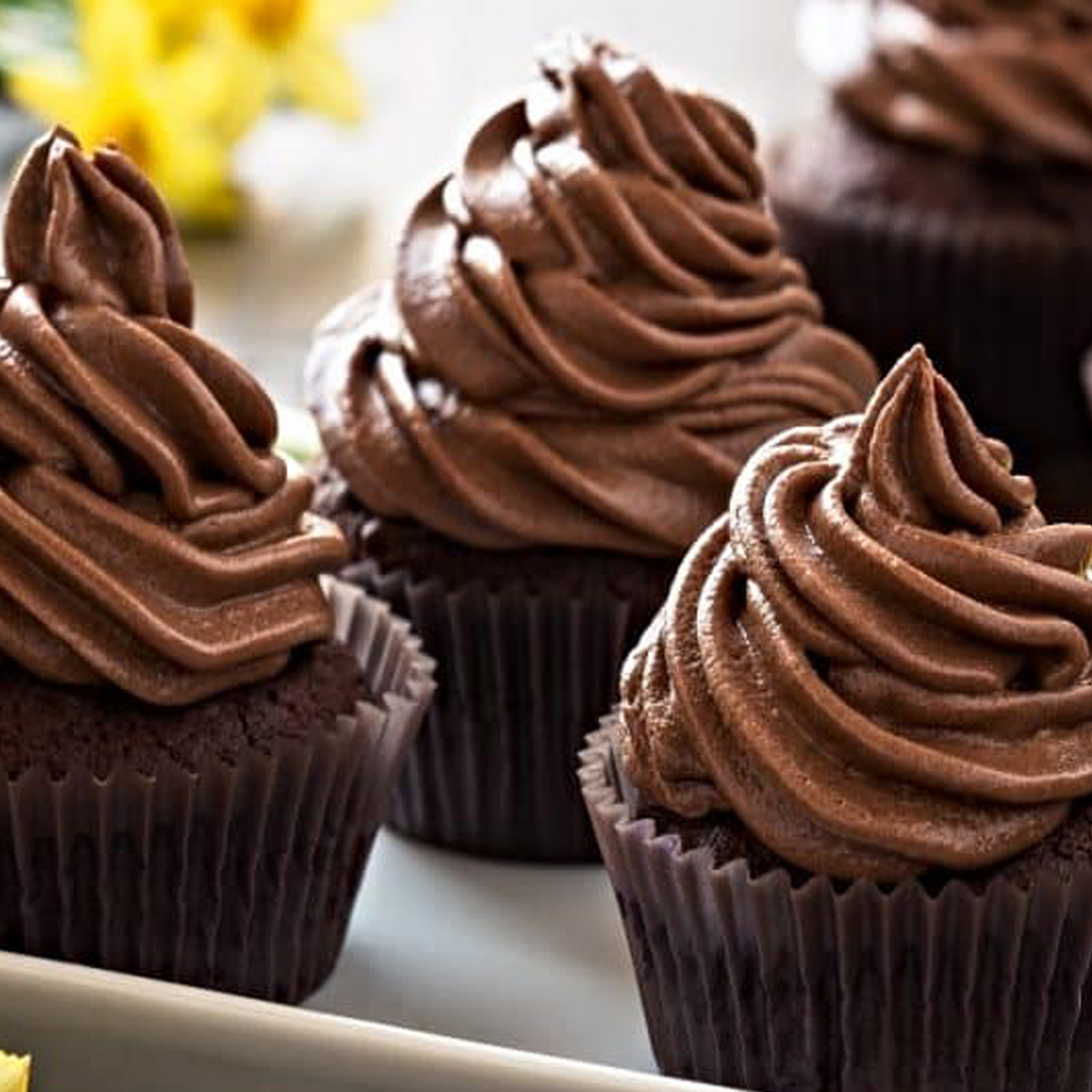
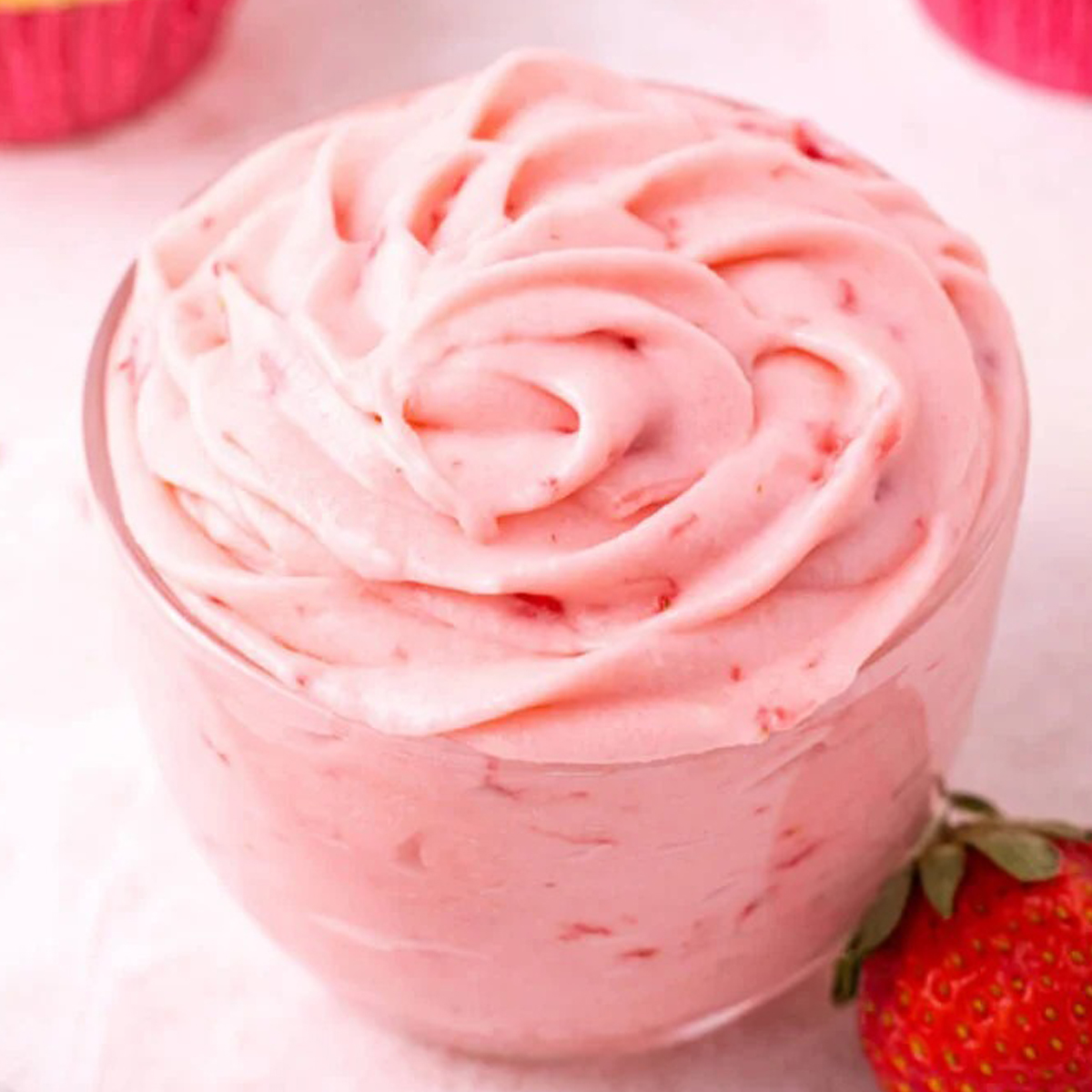
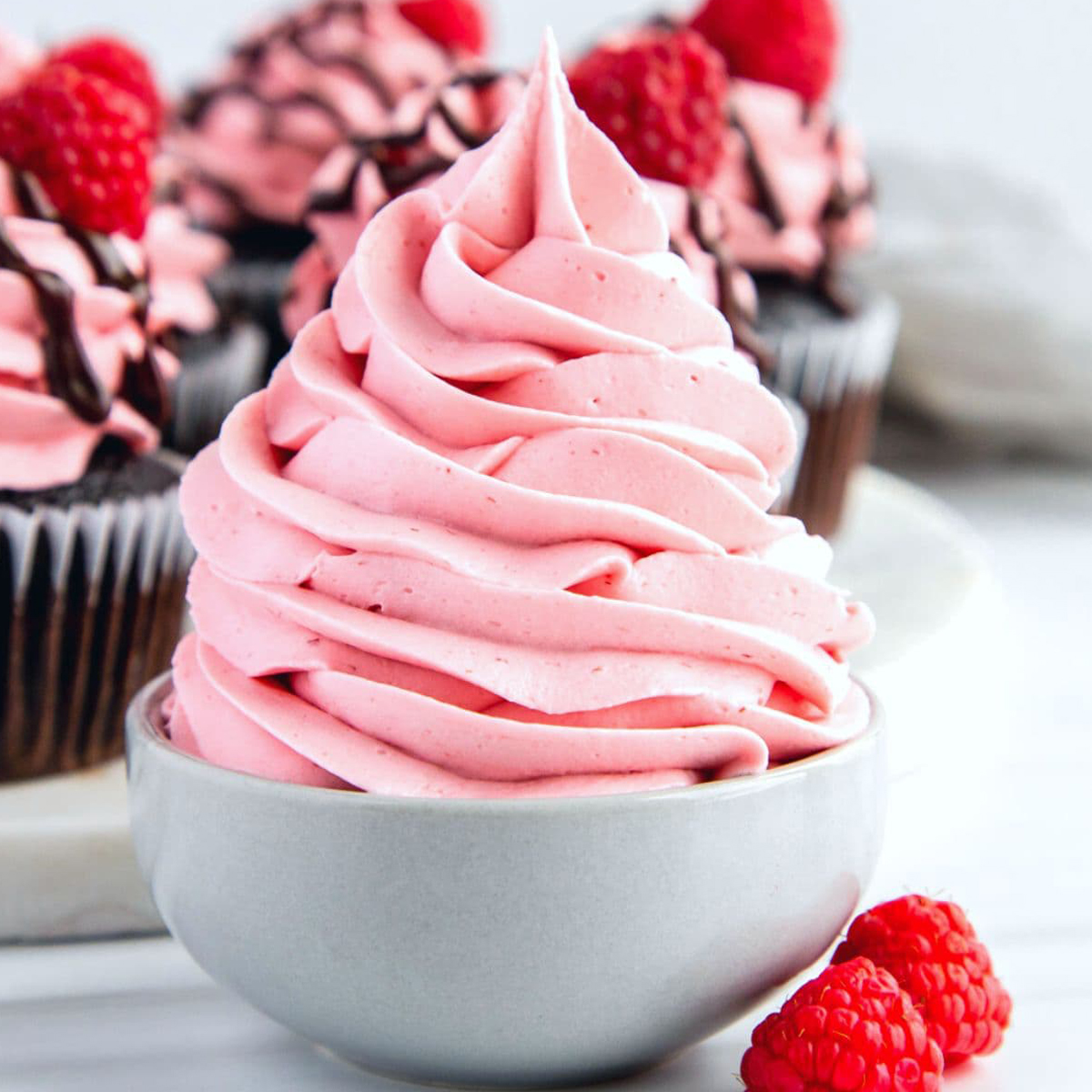
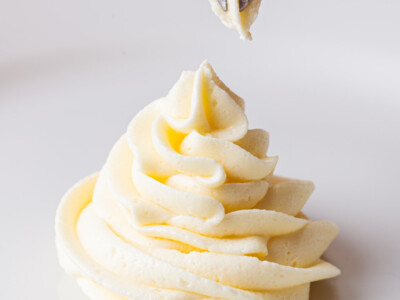
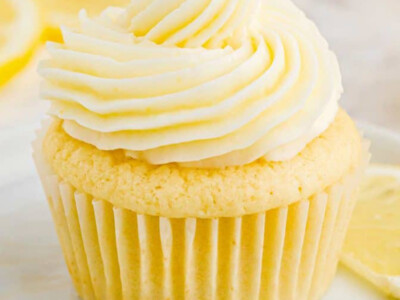
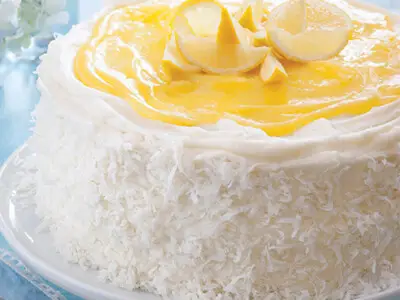

I am a beginner at baking, and I’ve been looking for detailed information for a while now. This was quite detailed and informative, and I truly hope this will help me on my baking journey. Thanks for the tips!